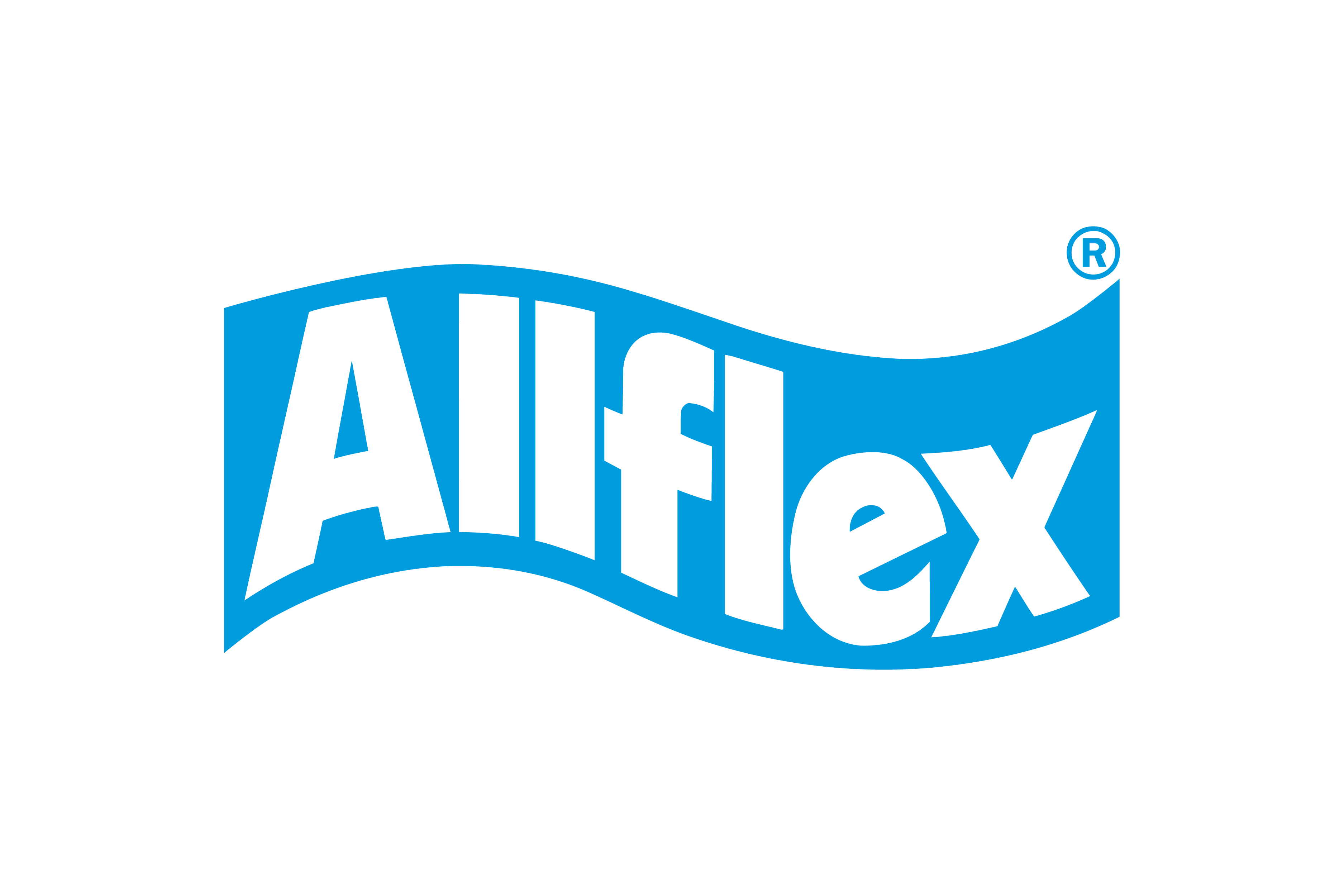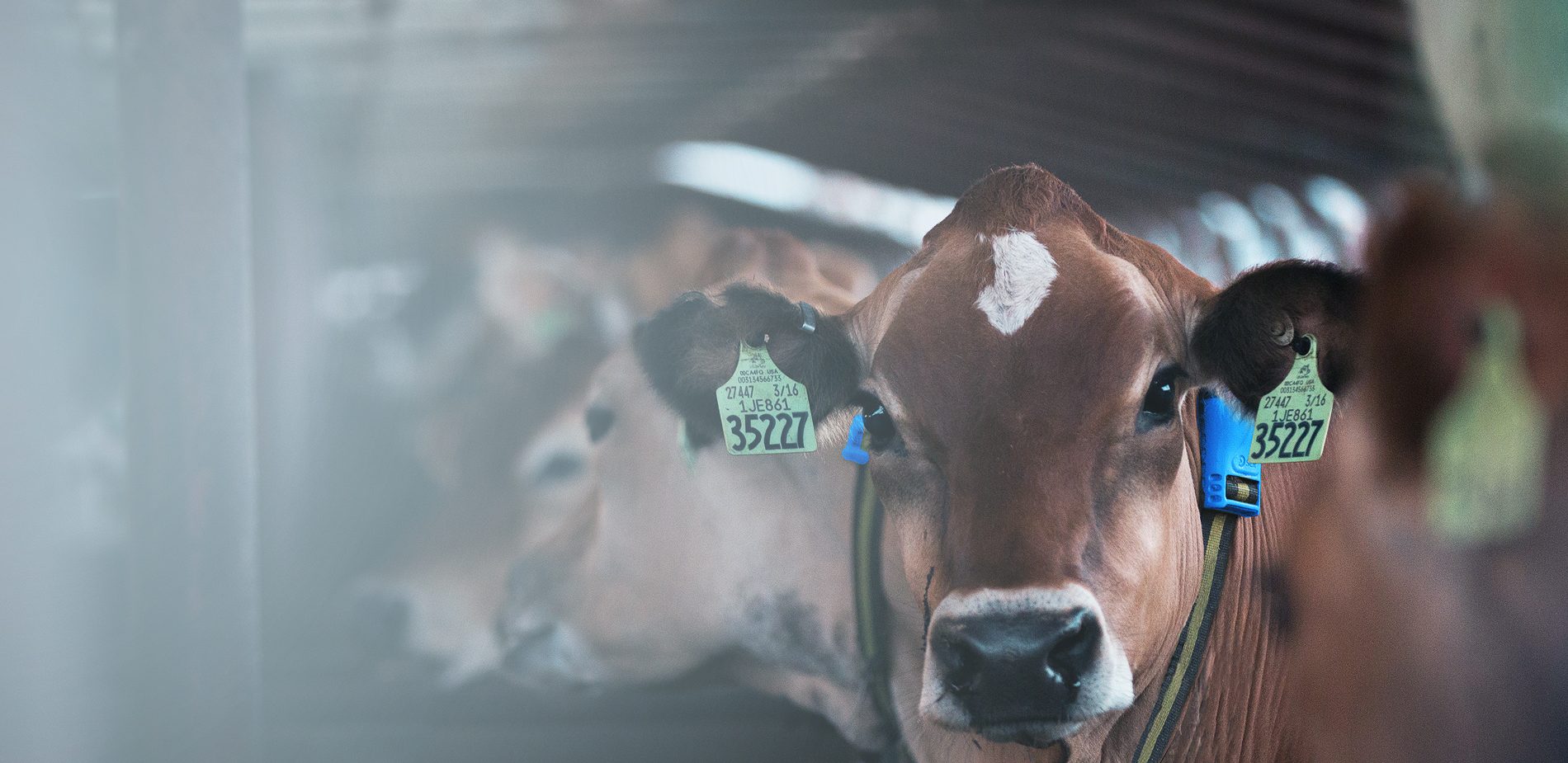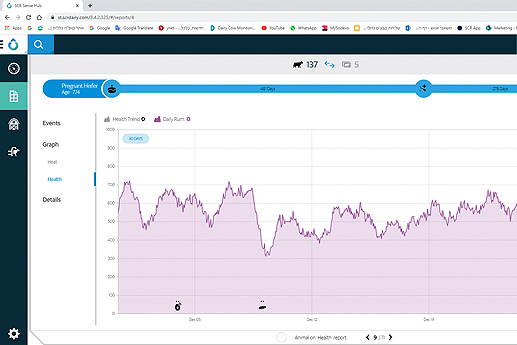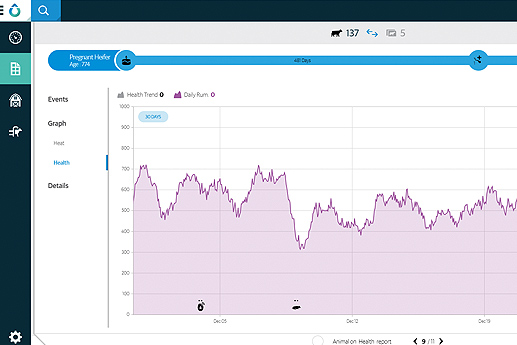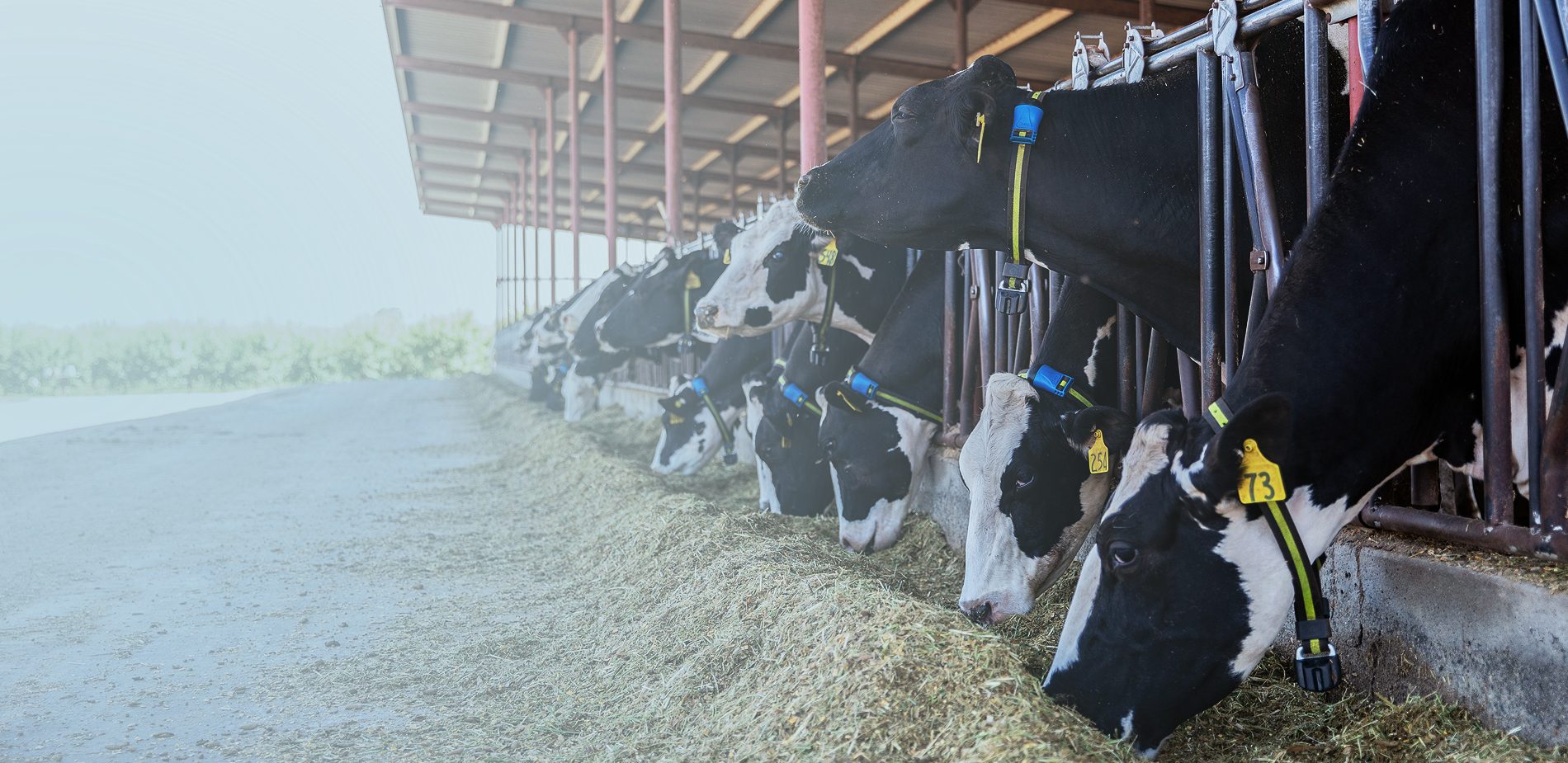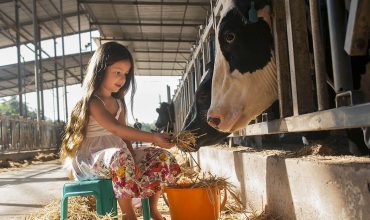Do you know how many minutes every cow ruminates every day?
Rumination monitoring is one of the best ways you can evaluate and maintain the health of your cattle. While a regular and consistent rumination rate of 500 (+100) minutes per day indicates healthy and happy cows, decreased rumination levels indicate a problem with rumen function or health.
With a cattle health monitoring system dairy farmers can track and analyze the rumination patterns of cows, receive deep insights about health, nutrition, heat, and overall wellbeing. More so, rumination monitoring technology allows for early disease diagnosis and helps farmers operate with increased accuracy and precision.
Why A Cattle Health Monitoring System Is Important for Your Business
There are a few reasons cow rumination monitoring is an essential business practice for dairy farmers. The benefits of using a cattle health monitoring system such as Allflex include:
Identifying Cow Diseases, Treatment Plans, and Recovery Strategies
Rumination monitoring is particularly effective for identifying cattle diseases as soon as they occur. The technology takes the guesswork out of health assessment, providing clear data rather than requiring manual observation of milk production or cattle behavior. By issuing warnings about cattle diseases before they get even worse, rumination monitoring tools help you administer immediate treatment and ensure a faster recovery.
Ensuring Wellbeing Post-Calving
Cows are especially vulnerable to diseases within the first few days of giving birth. By monitoring the rumination levels of cows after calving, you can identify diseases that may affect lactation. Cows with low rumination activity are more likely to develop diseases, having a detrimental effect on future reproduction. With rumination monitoring, farmers are alerted to changes in rumination patterns, letting them concentrate their efforts on any cows in danger of disease.
Alerting Farmers of Distress
A cattle health monitoring system is also useful when it comes to alerting farmers of distress. When a cow is distressed, its rumination activity may pause for several hours. Farmers who are instantly alerted of this pause in rumination can quickly react to help the cow recover.
Real-time distress alerts enable farmers to send immediate help before the consequences become fatal.
Evaluating Cattle Estrus
When in estrus, there is approximately a 12-hour window to achieve maximum fertility. During this time, cows have a drop in their rumination level and an increase in activity levels. Dairy farmers, use these factors, and more, for cattle heat detection, which in turn, helps farmers ensure the wellbeing and productivity of the herd.
More so, an estrous cow usually stands to be mounted approximately 20 to 55 times during her estrous period, thereby creating a small window for visual detection. This stresses the importance of implementing an estrus detection system that successfully detects the number of cows in estrus. A system such as this, would free the farmer from visual observation on cow behavior, deliver highly accurate results, reduce hormone usage, and reduce overall costs.
Maintaining Healthy and Consistent Feeding Patterns
There’s a direct link between cattle rumination patterns and the food they eat. Long, stable rumination patterns are ideal since they suggest the cattle have consistent intake.
Livestock health monitoring points to both consistencies and disruptions in the rumination process, indicating whether feed management needs to be improved. Inconsistent rumination patterns can result from variations in the feed’s composition, as rumination length is proportionately related to long fiber content. Changes in the feed management schedule can also lead to inconsistent rumination patterns; earlier food delivery, for example, causes more cows to arrive earlier at the feedlot, cutting off the rumination process as a result. An inadequate setup, such as the overcrowding of feedlots, is yet another factor that hinders rumination.
These factors indicate a variety of links between feed management and cattle health in terms of consistent food supply and composition, regular feeding patterns, and adequate space for cattle. A rumination monitoring system that displays normal and consistent rumination levels suggests that all these factors are being adequately managed. One that displays abnormalities or variations, on the other hand, indicates that the feed management may need to be updated or reevaluated.
Conclusion
Rumination monitoring is one of the best business practices for dairy farmers. Real-time tracking and analysis of cow rumination help you detect diseases early so you can implement an effective treatment and recovery plan. It also provides indications of whether cows are distressed or in heat, and can help determine the most effective feeding management strategy.
With Allflex’s cattle health monitoring system, you can equip cattle with an ear-mounted sensor or collar to track their rumination patterns and gather data on cattle health. By keeping a close eye on your cows’ rumination levels, you’ll be able to ensure optimal herd and individual health and have a more productive, profitable business as a result.
